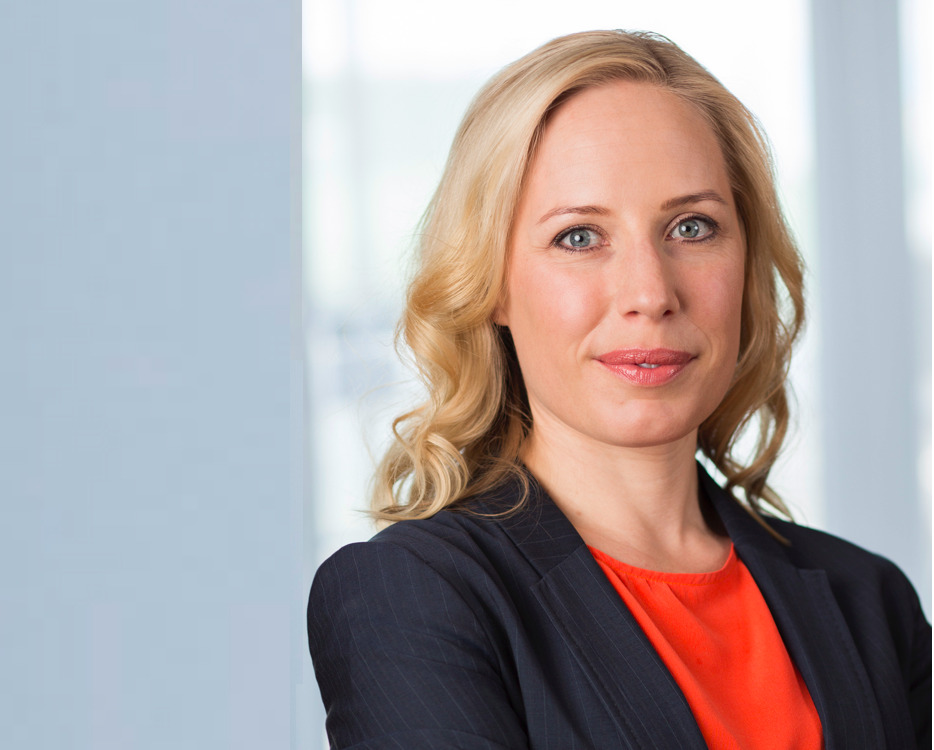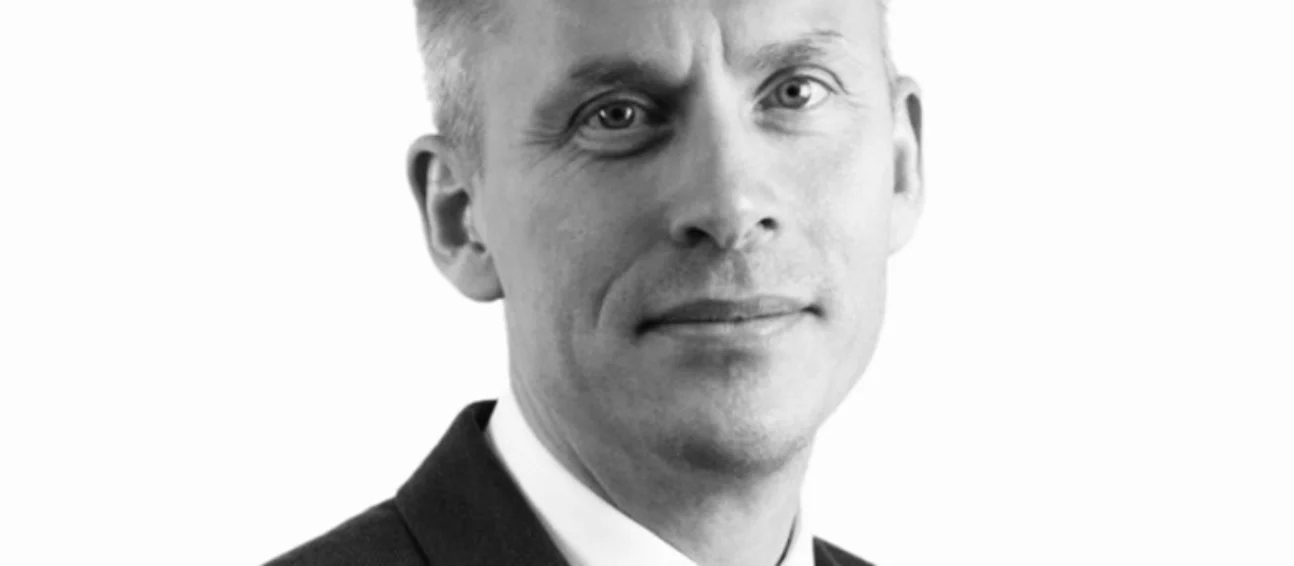By Pirkko Juntunen, NordicInvestor
Första AP-Fonden (AP1), one of five national buffer funds within the Swedish pension system, has had a busy year and perhaps an even busier past six months. Even a brief news search across channels, including their own archives, gives you an idea of some turbulence, even before we ever heard of Corona other than the easy-drink, light Mexican beer.
Having just been made head of a new team in January, Helen Idenstedt, who previously worked as portfolio manager idiosyncratic alternative investments, and her three colleagues in the External Partnerships and Innovation group, had to use both external partnerships and innovation to ride the storm that was coming. The investment teams at AP1 have been fairly traditional, divided by assets class but management has made efforts to create a more collaborative framework rather than teams working in silos especially where they think there are positive synergy effects to be gained. There are now seven teams working for Mikael Angberg, who has been CIO of AP1 since 2013.
“The whole point of creating this group was to establish more collaboration internally but also find innovative ways to work with our external partners and networks. We have a collaborative culture at AP1 already but there are always ways to improve and we wanted to create a more formal setting for this. This team brings together the oversight of private equity, private credit, hedge funds, high yield, US small caps and long-only emerging market equity in one team,” Idenstedt said.
The team has three other members; Jan Rådberg previously head of private equity, Majdi Chammas, previously head of external management with a quant background and Tina Rönnholm, previously portfolio manager external management. Rådberg remains portfolio manager private equity and Chammas is still portfolio manager for Emerging Market equities and small cap together with Rönnholm who also oversees the High Yield portfolio that she is managing.
On innovation Idenstedt said that AP1 has always been an organisation that encourages new ideas at all levels so in her manager research she is keen to also look for cultures which allows the same. Finding companies that encourage innovation and creativity, have an environment where mistakes are allowed and where people can speak up and voice ideas are ideal across asset classes, she said.
Idenstedt further explained that in manager searches and evaluation work co-operating over asset classes is something they believe will improve now that all of those working with external partners are in the same team. In addition, there are areas such as ESG where, depending on asset class, progress has gone faster and further in some compared to others. “Implementing ESG criteria for hedge funds or in the credit space is not always straightforward so that it has a material effect, rather than a box-ticking, ‘green washing’ exercise,” she added. Idenstedt believes this is one area in which the new team can add value by engaging in discussions across asset classes and learn from the long-only equity side which is much further ahead in implementing and integrating ESG criteria. AP1 is looking at integrating ESG not only on the fundamental side but also on the systematic, quant side and is working on how to best create the algorithms to take into account sustainability criteria.
The AP funds have pioneered a lot of work on ESG over the years and last year when the new investment guidelines came into effect, sustainability was high on the agenda. As a result AP1 appointed Magdalena Håkansson as head of sustainable value creation to drive the fund’s sustainability efforts forward and coordinate the initiatives from all departments, supporting the portfolio managers. AP1 has stayed away from calling itself an impact investor and its ESG efforts have focused on resource efficiency or dedicated sustainable investments where there is a direct link between sustainability and the investment, such as renewable energy for instance. This allows the fund to look beyond single issues such as climate change, to a wider circular economy concept. Here companies and industries minimise waste and utilise resources more efficiently. These are resources such as waste and water but also financial and human resources, in an effort to create a more sustainable business or environment for the long term.
Resource efficiency is something AP1 also talks about for its internal organisation. “A small organisation with high ambitions like AP1 constantly has to find smart ways of doing more with what we have and I think we can make better use of what we have in terms of our networks and external partnerships. Creating this new, more systematic approach and work smarter, not harder is a way of developing this,” Idenstedt noted.
The creation of the Idenstedt’s team was part of a broader re-structuring of the equity strategies at AP1. At the end of 2019 AP1 embarked on the revamp following an internal analysis earlier in the year which indicted missed return targets. This resulted in moving some developed market assets to passive investments to be managed in-house, which led to four out of six equity managers being made redundant.
The restructuring of the equity strategies was unrelated to the sacking of former CEO Johan Magnusson and Olof Jonasson, head of equities. Both were relieved of their duties for violation of internal regulations and certainly added to the impression of turbulence. In February AP1 announced that Kristin Magnusson Bernard will take the reins as CEO of AP1, stepping into the role in August. Mats Larsson is now heading the equities team, having previously worked as a strategist at the fund.
For the full year 2019 AP1 retuned 15.1%, the highest in a decade but still lagging its AP fund peers. The fund’s average real annual return over the last ten years has been 6.9% and assets at December, 31 2019 was SEK 366 billion.
Idenstedt said that her day-to-day role is not terribly different from before nor has her team-mates roles changed dramatically. Each have their own areas of expertise but also work more on joint projects where they are building the team.
While the day-to-day roles of the team did not initially change much, the emergence of Covid-19, or Corona Virus, certainly changed it, just like for everyone else across the globe. So how do you build a team and concentrate on the future amidst chaos?
Idenstedt said that like for most in the financial world, once the chock of the first few weeks of market free fall, things settled and everyone around the world found new ways of working. “All of us in my team have counterparties across the globe and we do have to stay in touch. Once the dust settled and we realised that we will have to deal with this situation for a while, we hunkered down and started working as we normally do, only it was from home. Like so many we have our daily and weekly meetings via Zoom or other platforms and bar a few glitches it is working well,” she said. For AP1, and most others, this has brought about the question whether we will ever go back to the way we travelled before. “It is possible that we will have to live with this virus for a long time and thus evolve and adapt to working in a ‘new normal’. This includes figuring out how to be a portfolio manager for a portfolio of external managers where traveling historically was a large part of the role. I am optimistic that we will find a way to be able to keep the same level of quality even if we are not able to do quite so many trips or have quite so many face-to-face meetings. I guess if there is one thing I have learned over the years working in the finance industry is that things are constantly changing and you constantly have to adapt and learn if you are going to be successful and at the same time enjoying the ride. As tragic as the Covid-19 situation is we somehow have to look forward. There will come a time when things will have gone back to some sort of normalcy and we as a long-term investor have to work towards our long-term goals,” Idenstedt said, emphasizing that she is not downplaying the trauma and difficulties many face, particularly keyworkers and those who do not have the luxury of working from home.
Idenstedt said that chocks like the current crisis makes diversification even more important for long-term investors and finding uncorrelated investment targets an absolute necessity. “In the first few days and weeks of the market free fall, it was hard watching one strategy after another in the idiosyncratic portfolio taking a beating. Now the markets are rebounding and we dare to look up and plan ahead again,” she added.
She explained that the overall strategy and risk allocation remains the same. “We continue to look at megatrends such as digitalisation, considering for instance, the speed in which working from home and online meeting and conference platforms have taken off. We look at what effect this has had on regions and sectors and who the winners and losers are or are likely to be,” she added.
Since the regulation change in 2019 AP1 has been adding to its private equity portfolio and continues to look for new opportunities. The fund also made its first two investments in private credit at the end of 2019 and expects to continue this year once things have calmed down. “Because of the situation we are in we expect due diligence and the whole process to take longer and we also have to keep in mind what the overall liquidity of the entire portfolio looks like not just one single asset class. The investments I made are with a manager focusing on stressed/distressed in the US middle market and the other one is a combination of structured and distressed credit,” she said. AP1’s target is to invest an additional 1-2% in private credit strategies over the next few years.
Idenstedt said all strategies, idiosyncratic and others, should fit well in the overall fund portfolio. The idiosyncratic alternative investments (IAI), was implemented in June 2018. The aim is diversification by adding idiosyncratic return streams within the liquid hedge fund space. The portfolio has a return target of Libor +4% with a beta below 0.4. The idiosyncratic portfolio will be implemented as an overlay in order to get around the difficulties of retaining desired level of risk.
Idenstedt said she is happy with the performance so far and that hedge funds have done well in Q1, proving their value in a crisis. “The hedge fund portion of the IAI portfolio was up 1.5% coming into March, having lost around 4%, but with almost half of that recovered during April. Performance in May, so far, is looking to get the portfolio into positive territory, at a much lower risk than equities. Proving again the importance of diversification,” she said.
“On the credit side the crisis has exposed those who were riding the bull market versus those with true skill. This has in a way made it easier for us to evaluate the managers,” she added. “Private credit like Private Equity is quarterly evaluated so it is too early to tell how these investments have performed. However, since these were new investments the managers in the credit space have been able to take advantage of the dislocations we saw in March and draw capital at a slightly higher speed than anticipated,” she concluded, adding that she is an optimist by nature and hopes that the post-Covid 19 world would emerge better and stronger with lessons learnt for the long term.



